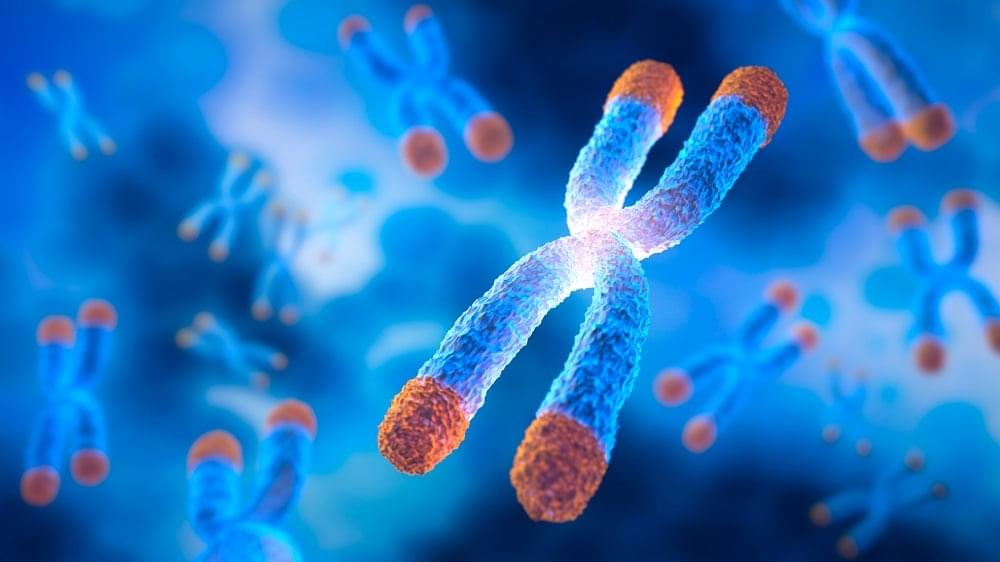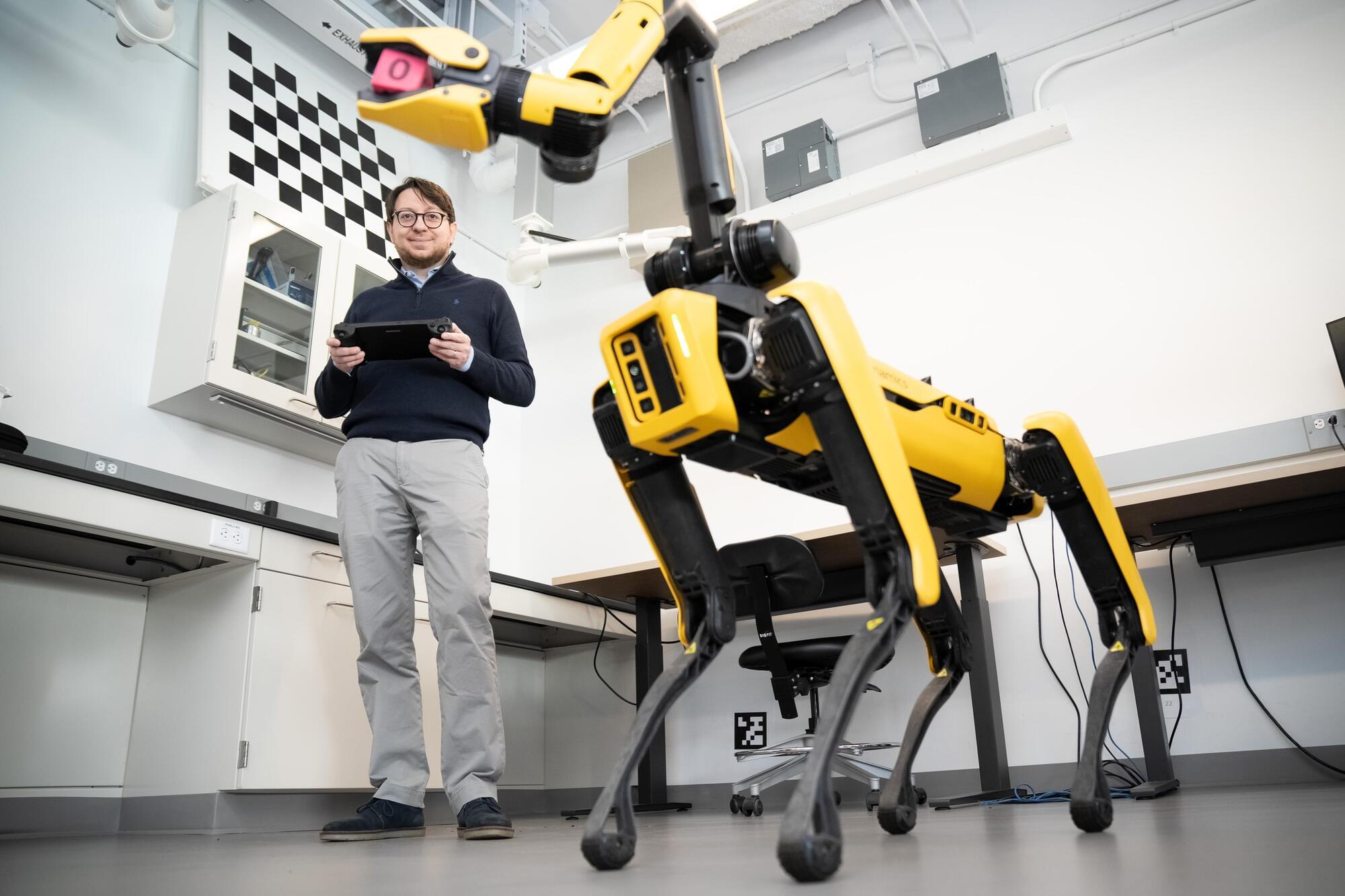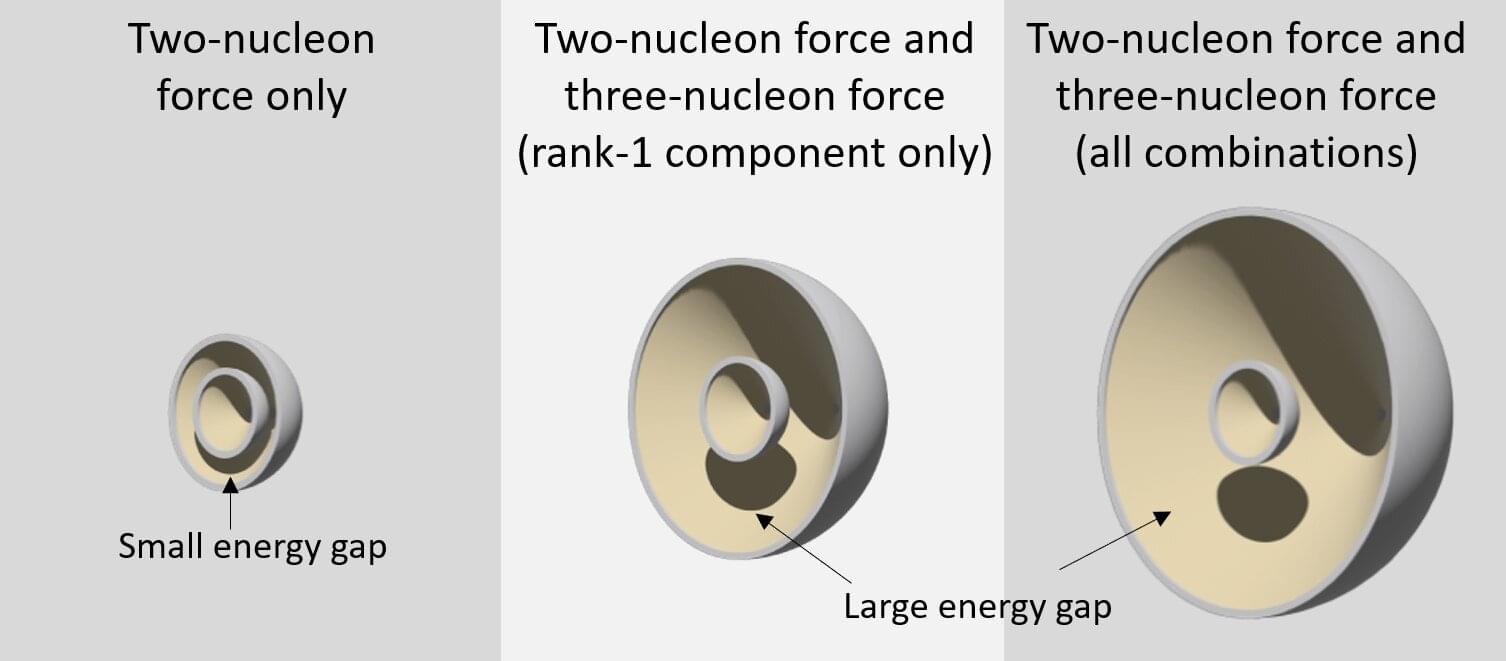Hidden patterns in electric propulsion plasma beams could help ensure the success of long-term space missions. Go faster, farther, more efficiently.
That’s the goal driving spacecraft propulsion engineers like Chen Cui, a new assistant professor at the University of Virginia School of Engineering and Applied Science. Cui is exploring ways to improve electric propulsion thrusters — a key technology for future space missions.
“In order to ensure the technology remains viable for long-term missions, we need to optimize EP integration with spacecraft systems,” Cui said.






